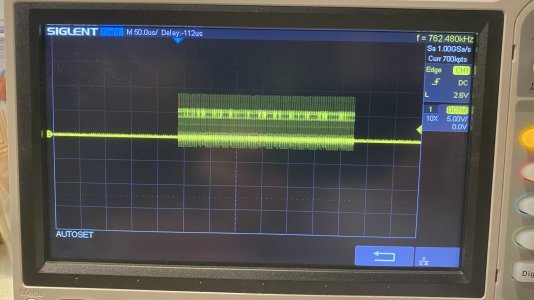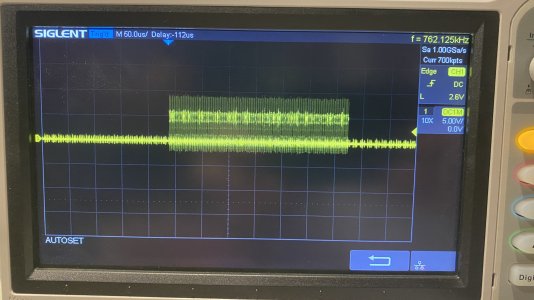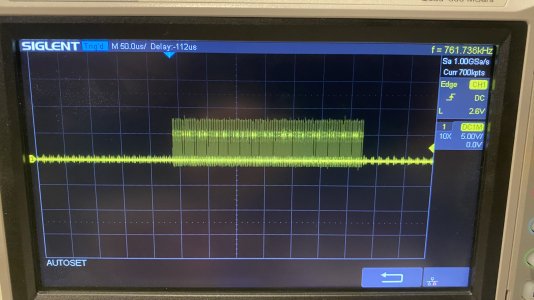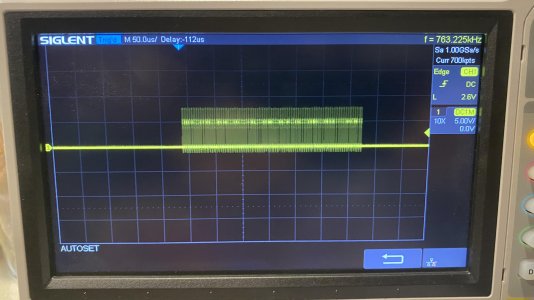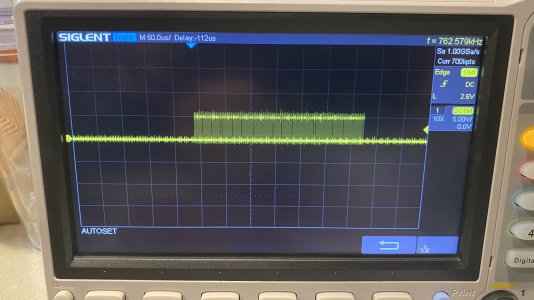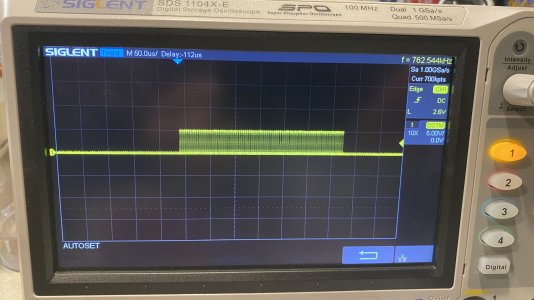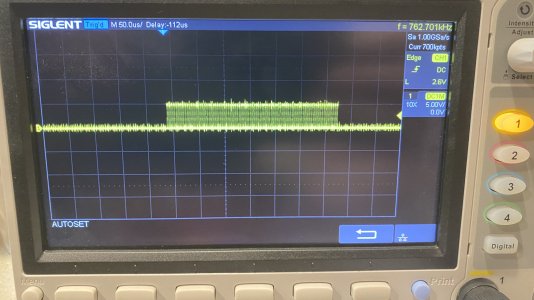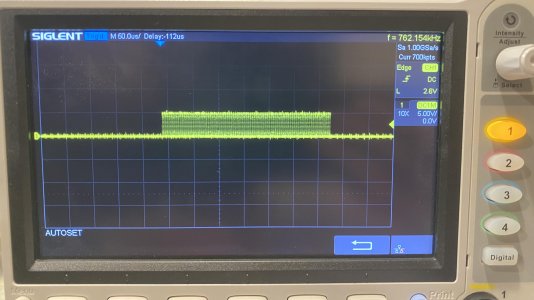Stefa168
Member
Hi, in these days I finished installing on my 2.4 the Stealthburner toolhead.
I am using a PCB by Hartk, in particular the two piece version.
Everything works fine, except for the neopixels.
In particular, the problem appears only if I have the heater cooling fan plugged in (in my case as I needed to use the AUX trace for the tachometer I inverted the two connections, but it shouldn't be an issue).
Here you can see the issue:
I have tried adding a 200 ohm resistor in series with the data line, but it didn't change the behaviour.
By chance, I touched the hotend with my bare fingers, and at first I thought that it was a bad connection.
However, when I began unscrewing the PCB from the stealthburner, I noticed that the issue disappeared as soon as I touched the screw with my allen key.
Here's a video showing what it is happening:
Could it be that there is some grounding issue, or that a capacitor is needed somewhere? I have some knowledge about electronics, and this looks like it could be a capacitor issue.
Any thought?
I am using a PCB by Hartk, in particular the two piece version.
Everything works fine, except for the neopixels.
In particular, the problem appears only if I have the heater cooling fan plugged in (in my case as I needed to use the AUX trace for the tachometer I inverted the two connections, but it shouldn't be an issue).
Here you can see the issue:
I have tried adding a 200 ohm resistor in series with the data line, but it didn't change the behaviour.
By chance, I touched the hotend with my bare fingers, and at first I thought that it was a bad connection.
However, when I began unscrewing the PCB from the stealthburner, I noticed that the issue disappeared as soon as I touched the screw with my allen key.
Here's a video showing what it is happening:
Could it be that there is some grounding issue, or that a capacitor is needed somewhere? I have some knowledge about electronics, and this looks like it could be a capacitor issue.
Any thought?


